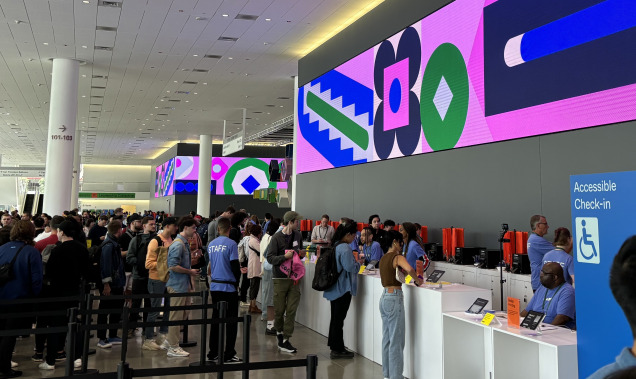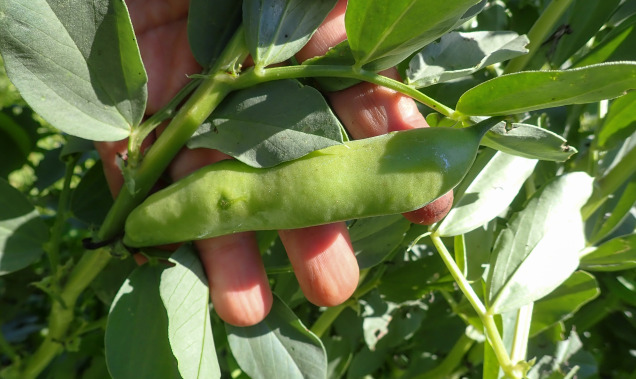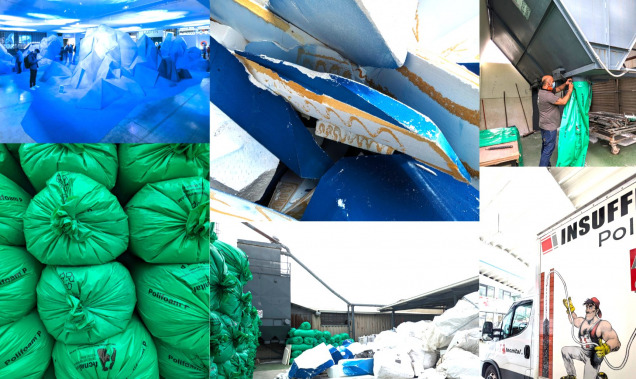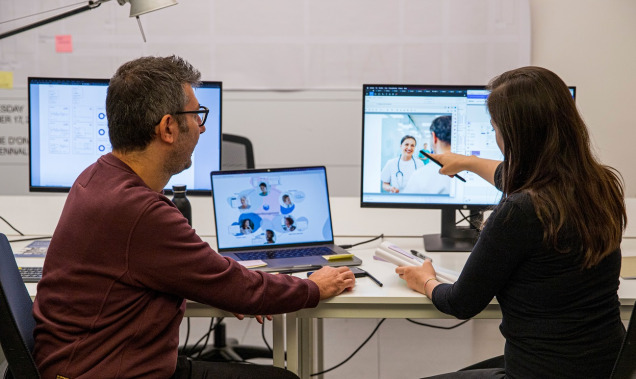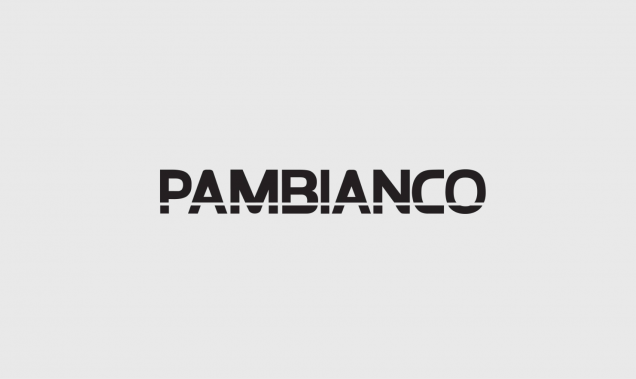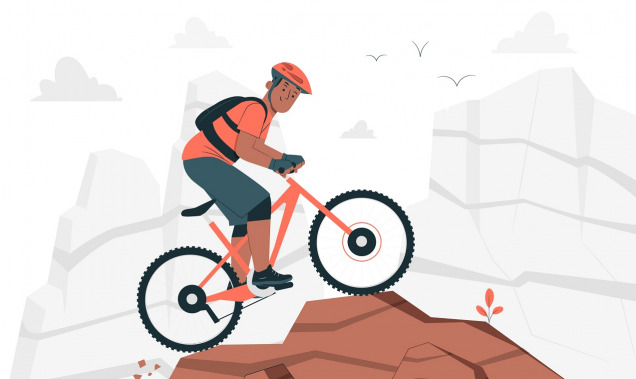Notes from D|FOOD 2019
What happened at DFood, the district of food design during the Milan Design Week 2019
Together with our partners, we experienced what food design means and how it can influence the food industry. Innovation, tradition, and sustainability combined during a whole week of events and workshops, in which we discovered the tastiest side of design.
Giulia Soldati put together this social design experiment, in which the guests ate with bare hands together with a group of strangers. How to best bring spaghetti to one’s mouth without a fork? The vulnerability of the situation fostered spontaneous social interactions. The atmosphere was cheerful, and everyone shared stories and laughter while enjoying the unconventional meal. Indeed, a heart-warming way to experience food design.
For the round table discussion on hay milk, we brought together some of the main stakeholders of the sustainable agricultural industry, including the Ministry of Agriculture, Slow Food, and CIWF. We discussed how to convince more farmers to take on the ‘revolutionary’ entrepreneurial choice of feeding cows on grass. “Designers can help to bridge between these brave choices and people’s current consumption models, aiming to reward the former and the improve the latter”, says Federico Casotto, who directs our Food Lab.
Legumi Famigliari
The food industry is focusing more and more on the role of legumes as the perfect substitute for things like pasta, red meat, or eggs from intensive farming. Often, legumes undergo a process of metamorphosis to replicate the taste and appearance of spaghetti or burgers. In this event, we reflected on how the industry is managing this freedom when not everything is what it looks like.
Why bake bread in a design studio during Design Week? Be it baking bread or the industrial design of a kitchen utensil, the process involves research on convenience, user satisfaction, interactions with the kitchen environment, and the user’s actions. We baked 20 kg of bread in two hours of the workshop, thanks to the no-knead bread technique designed by the New York baker Jim Lahey.
Our Food Lab manager Federico Casotto and master baker Davide Longoni lead the work, relying on a set of casseroles by Le Creuset. The technique proved to be as simple and time-effective as using a bread maker but much more rewarding.
Blockchain and food
Blockchains in the food industry certify the quality and origins of products that we can find in the supermarket since documents deposited in the blockchain are impossible to counterfeit. We could, for example, trace cocoa beans back to their origin to know if our chocolate beverage is as sustainably produced and responsibly sourced as it claims to be. However, it’s not fully clear how a digital certification can physically stick to the product along with its transformation from a raw bean to a bottled beverage. Stay tuned for more on the topic!
